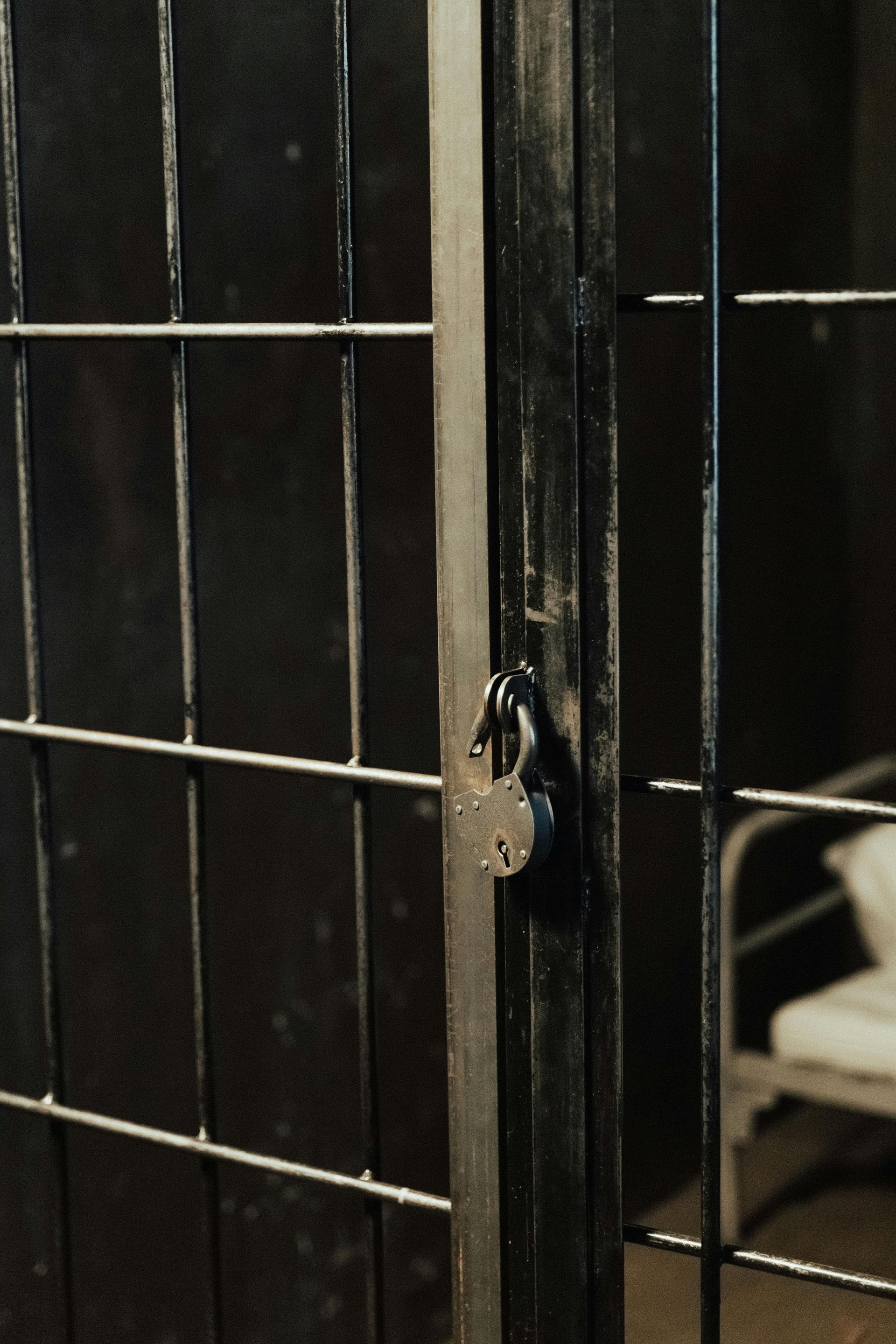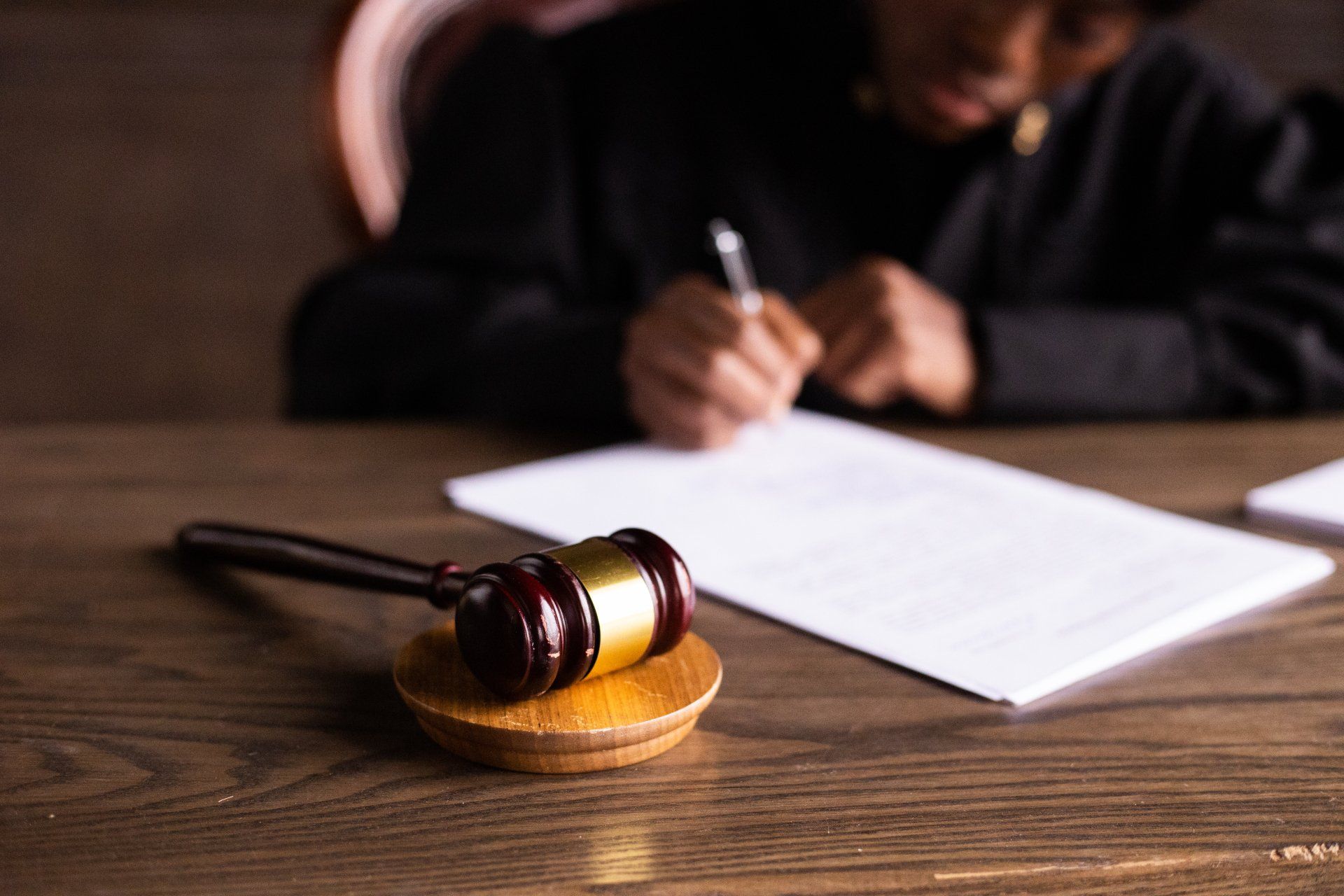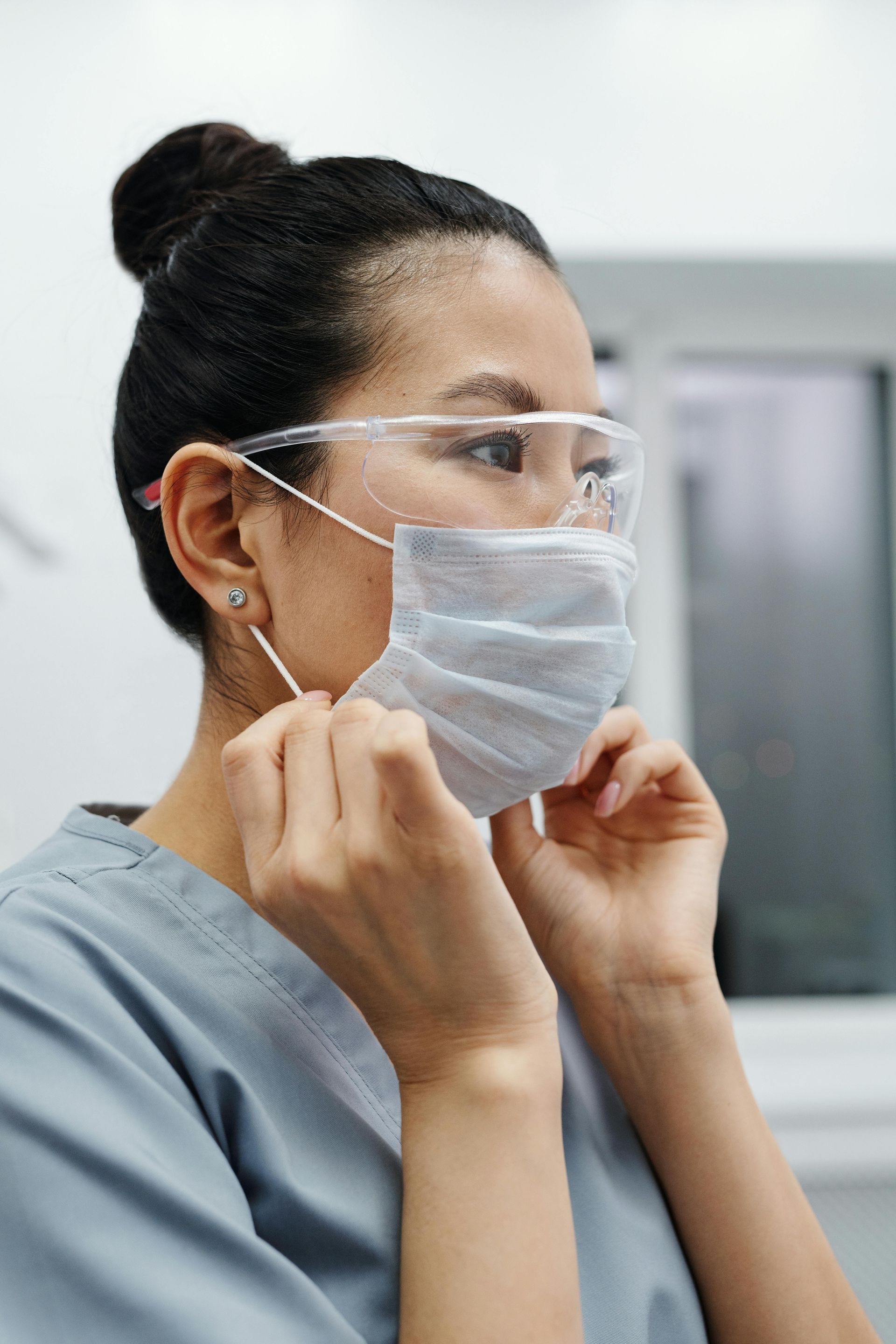Proving Medical Malpractice: A Guide from a Medical Malpractice Attorney
Proving causation in medical malpractice cases can be very complicated. It involves showing that the injury was directly caused by a healthcare professional's mistake. This blog will help explain how to prove causation with insights from a medical malpractice lawyer.
Proving the Defendant’s Mistake Caused the Plaintiff’s Injury
When filing a medical malpractice claim, one of the most important things to prove is causation. This means showing that the injury was caused by the healthcare professional’s mistake. There are two main parts to proving causation: cause in fact and foreseeability.
Cause in Fact
To prove cause in fact, two tests are commonly used: the "but for" test and the "substantial factor" test. The "but for" test means that the injury would not have happened without the negligent act. In cases where there are multiple causes, the "substantial factor" test is used. This test looks at whether the negligent act significantly contributed to the injury.
Strategic Point for Defendants: When there are multiple defendants, it can be hard for experts to apply the "but for" test. Asking detailed questions in this area can sometimes lead to the dismissal of some defendants.
Judicial Note: The plaintiff has the burden of proving causation. If the evidence is speculative, the court will direct a verdict for the defendant. When evidence on causation is conflicting, it becomes a question for the jury to decide.
Strategic Point: Even if a subsequent physician claims they would not have treated the patient differently, the plaintiff must still prove that adequate care by the initial physician would have avoided the injury.
Foreseeability
Foreseeability is the second part of proximate cause. An injury is considered foreseeable if it is a natural and probable result of the negligent act. The defendant’s conduct is deemed the proximate cause if a reasonable person would foresee similar harm arising from the act or omission.
Proving Proximate Cause with Multiple Healthcare Providers
In cases involving multiple healthcare providers, if one provider acts negligently and a subsequent provider fails to correct this negligence, both can be held liable. The first provider is absolved only if the second provider’s negligence was an independent cause.
Judicial Note: When multiple providers are involved, it is essential to present evidence about each provider’s care. The verdict form should specify each provider's actions to clarify accountability.
Proving Causation with Preexisting Conditions
When an injury results from both a provider’s negligence and an underlying condition, the provider is liable for the resulting harm. If negligence aggravates a preexisting condition or brings about a latent condition, the provider is responsible for the additional injuries. If damages can be separated from those due to the preexisting condition, they may be limited to those directly caused by the negligence.
Proving Plaintiff Sustained Damages Proximately Caused by Negligence
The plaintiff must show that the defendant’s conduct resulted in a more likely than not chance of recurrence or injury. This involves demonstrating that the negligence significantly increased the risk of harm.
Proving Causation in Wrongful Birth Cases
In wrongful birth cases, causation is established if the plaintiff can prove she would have obtained an abortion if not for the physician’s negligence. Key factors include the timing of disclosure and the availability of abortion services.
Leveraging Res Ipsa Loquitur: Insights from a Medical Malpractice Lawyer
Proving Defendant’s Negligence Under Res Ipsa Loquitur
The doctrine of res ipsa loquitur allows an inference of negligence under specific circumstances, shifting the burden of producing evidence to the defendant. For this doctrine to apply in a medical malpractice case, the plaintiff must establish the following elements:
- The occurrence was such that it would not have happened without negligence.
- The instrumentality causing the injury was under the defendant’s exclusive control at the time of the injury.
- The injury was not due to any voluntary action or contribution by the plaintiff.
Judicial Note: Florida’s Medical Malpractice Act limits the use of presumptions and inferences of negligence in medical malpractice cases. The existence of a medical injury does not automatically create an inference of negligence against a healthcare provider. The plaintiff must prove that the injury was caused by a breach of the prevailing professional standard of care. However, Florida courts have not definitively ruled whether this completely eliminates the application of res ipsa loquitur in medical malpractice cases.
Strategic Point: The discovery of a foreign body, such as a sponge, clamp, forceps, or surgical needle, inside a patient is prima facie evidence of negligence and creates a mandatory presumption of negligence by the healthcare provider. This presumption must be applied unless the defendant can prove they were not negligent.
Distinguishing Factors: The statutory foreign-body presumption differs from the common-law doctrine of res ipsa loquitur. In medical malpractice cases involving the foreign-body presumption, this presumption applies upon proof of the foreign body, regardless of direct evidence of negligence. Both the foreign-body presumption and res ipsa loquitur shift the burden of proof to the defendant.
Common Types of Medical Malpractice Cases
Surgical Errors
Surgical errors are one of the most common types of medical malpractice cases. These can include operating on the wrong body part, leaving surgical instruments inside the patient, or performing the wrong procedure.
Misdiagnosis or Delayed Diagnosis
Another common type of medical malpractice case involves misdiagnosis or delayed diagnosis. When a doctor fails to diagnose a condition correctly or in a timely manner, it can lead to improper treatment or no treatment at all, resulting in harm to the patient.
Medication Errors
Medication errors occur when a patient is given the wrong medication, the wrong dose, or experiences harmful drug interactions. These errors can happen at any point in the medication process, from prescribing to dispensing.
Birth Injuries
Birth injuries can occur due to negligence during prenatal care or delivery. Common birth injuries include cerebral palsy, Erb’s palsy, and fractures. Both the mother and child can be affected by these injuries.
Anesthesia Errors
Anesthesia errors can be very serious and can lead to brain damage, paralysis, or even death. These errors can occur if the anesthesiologist administers too much or too little anesthesia, or fails to monitor the patient properly during surgery.
Failure to Treat
Failure to treat occurs when a doctor correctly diagnoses a condition but fails to recommend appropriate treatment. This can result in the condition worsening and causing more harm to the patient.
The Role of Expert Witnesses in Medical Malpractice Cases
Expert witnesses play a crucial role in medical malpractice cases. They help establish the standard of care, explain how the healthcare provider deviated from that standard, and demonstrate how this deviation caused the plaintiff’s injury. Expert witnesses are typically medical professionals with experience in the same field as the defendant.
Selecting the Right Expert Witness
Choosing the right expert witness is vital for building a strong case. The expert should have relevant qualifications and experience and be able to explain complex medical concepts in a way that is easy for the jury to understand.
The Expert’s Testimony
The expert witness will provide testimony on several key points:
- The accepted standard of care in the relevant medical field.
- How the healthcare provider deviated from this standard.
- How this deviation caused the plaintiff’s injury.
The Importance of Medical Records
Medical records are critical in medical malpractice cases. They provide a detailed account of the patient’s medical history, treatments, and the care they received. These records can be used to identify deviations from the standard of care and support the plaintiff’s claims.
Reviewing Medical Records
A thorough review of medical records can reveal important information about the care provided and help identify potential issues. This review should be conducted by a medical professional who can interpret the records accurately.
Using Medical Records in Court
Medical records can be presented as evidence in court to support the plaintiff’s claims. They can help establish a timeline of events, demonstrate deviations from the standard of care, and show the impact of the negligence on the patient’s health.
Conclusion
Proving causation in medical malpractice cases requires a thorough understanding of legal standards and strategic presentation of evidence. By demonstrating both cause in fact and foreseeability, addressing the complexities of multiple healthcare providers, and effectively leveraging doctrines like res ipsa loquitur, plaintiffs can build a strong case. Consulting with a knowledgeable medical malpractice attorney is crucial to navigate these challenges and achieve a favorable outcome.











